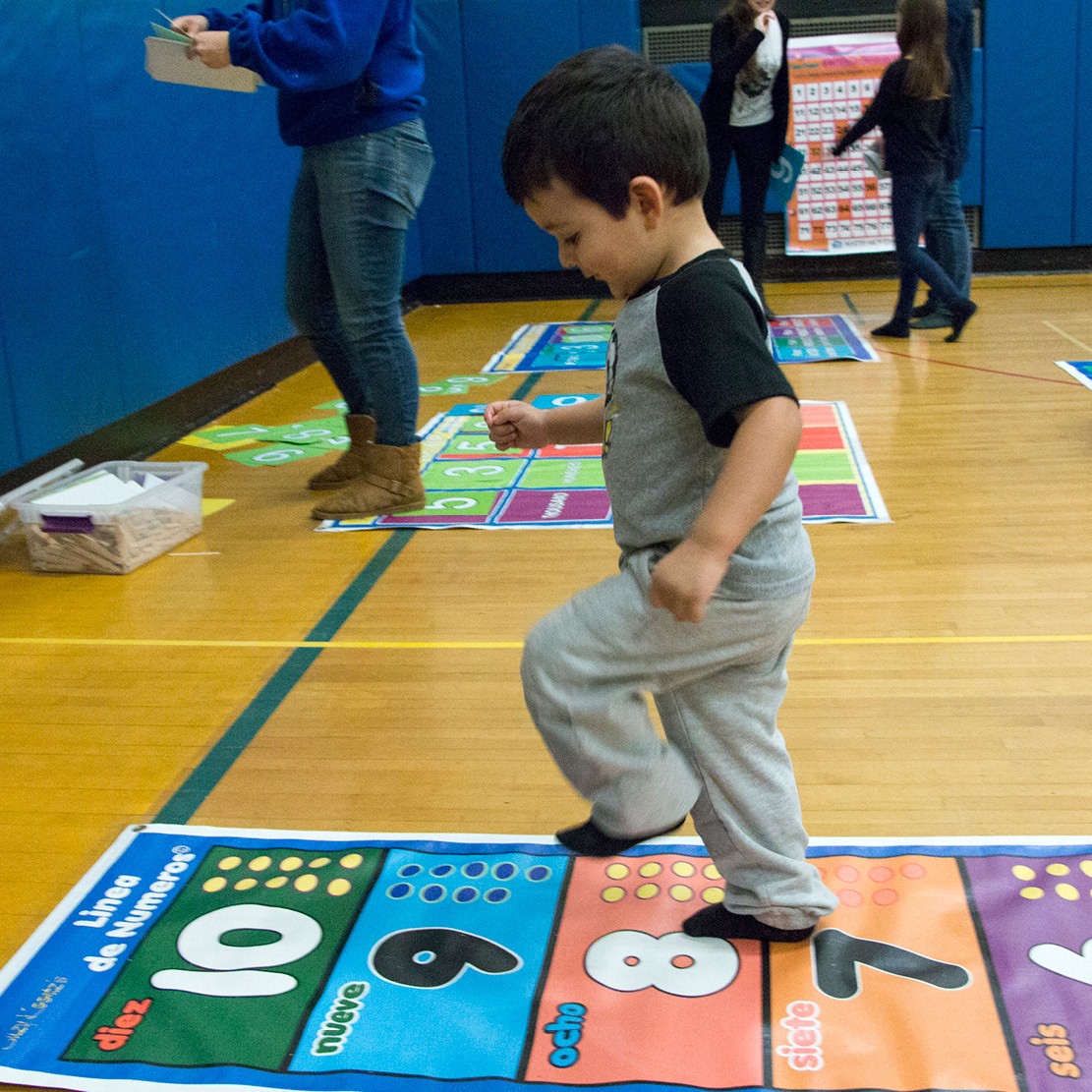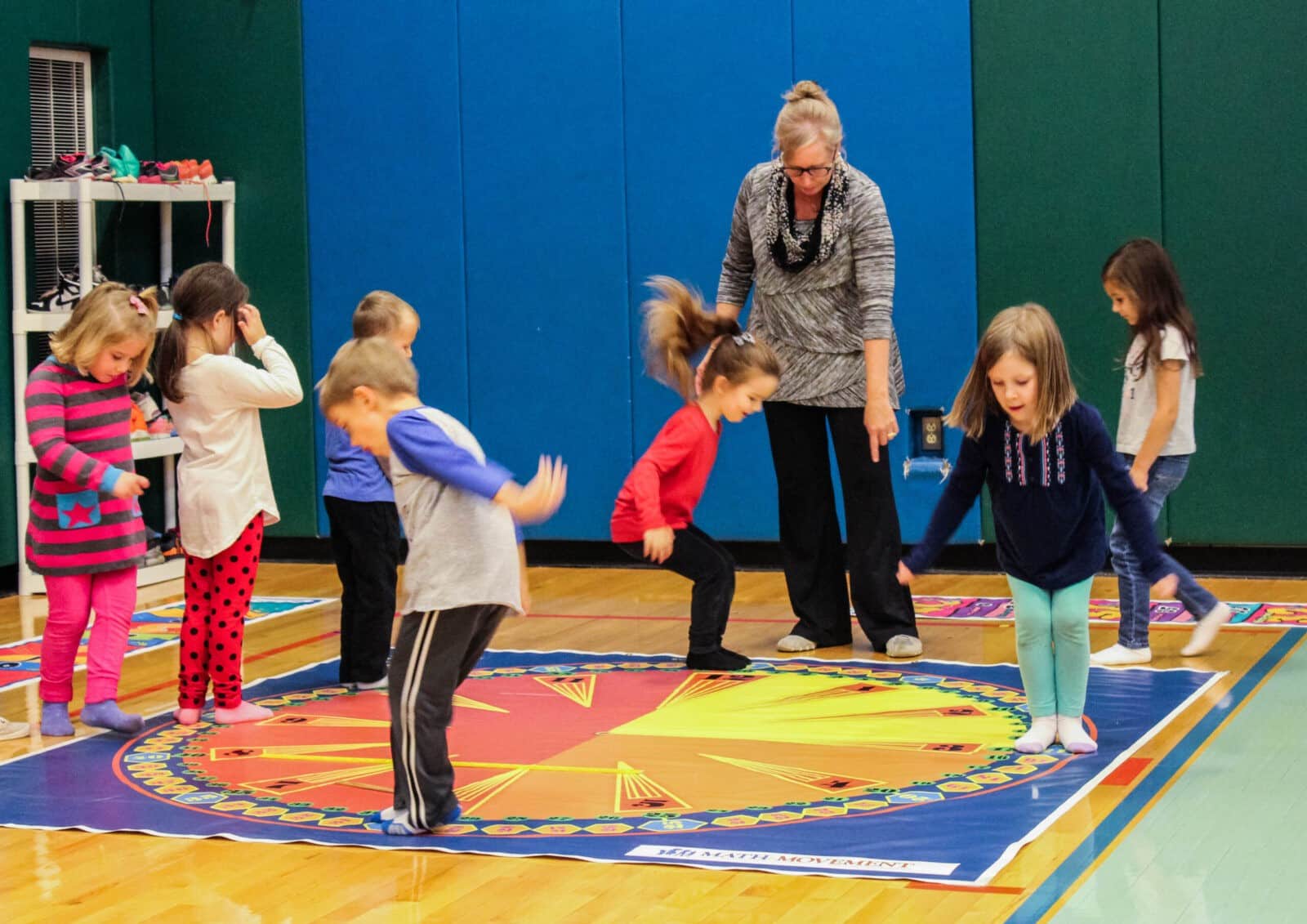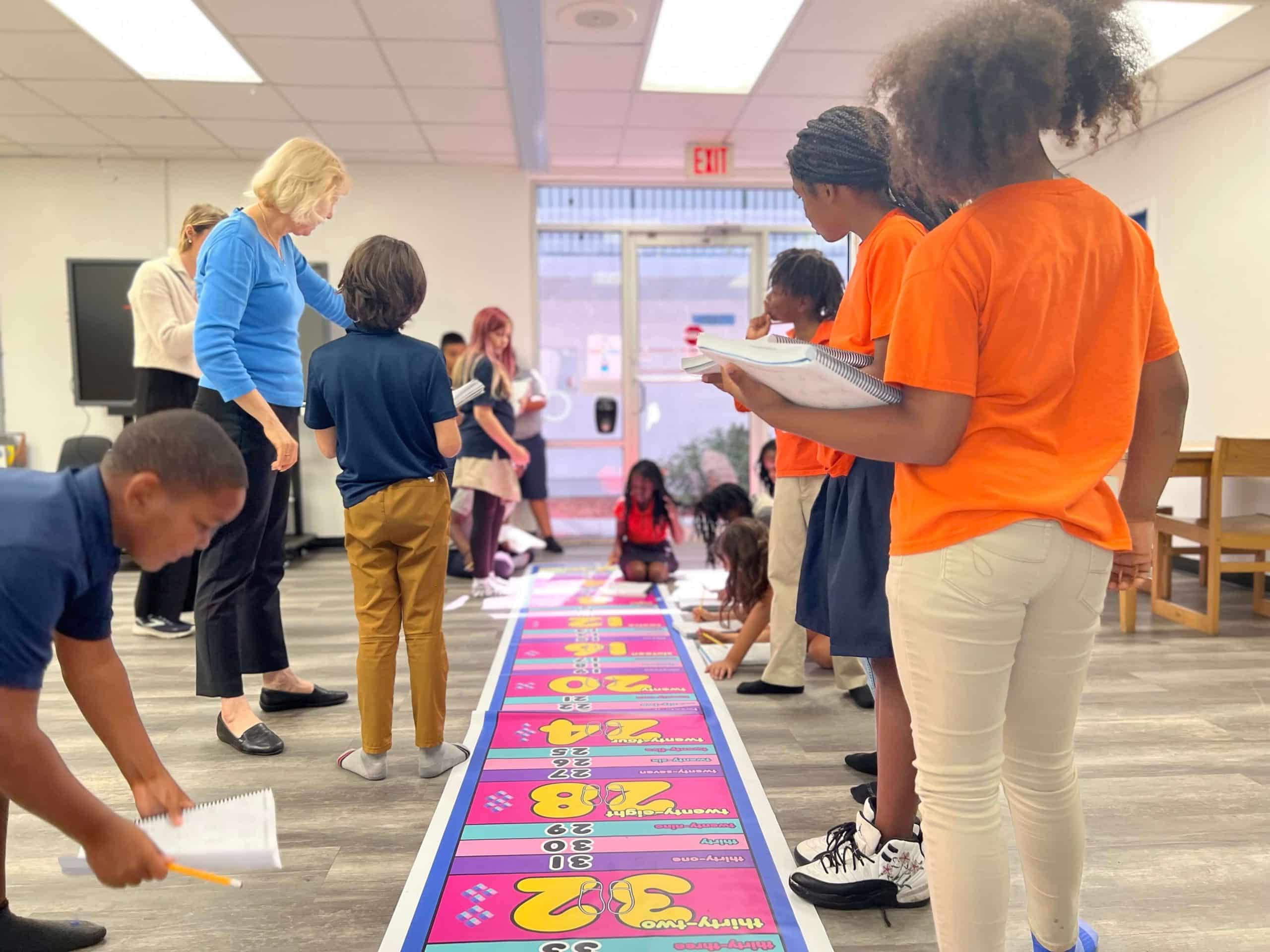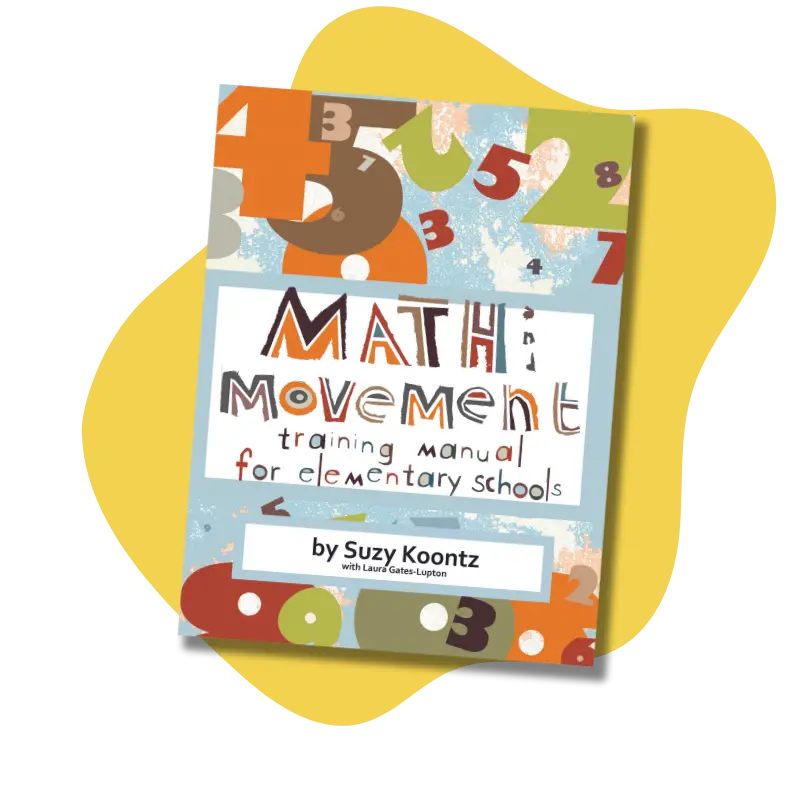
Research-Based Strategies for Teaching ELL Students
Research shows that ELL students prefer a kinesthetic learning style. Incorporating movement-based learning strategies into lessons can help bilingual classrooms thrive.

There are many different ways to promote social and emotional learning through math and it can be done with children of all ages. Adequate social and emotional development is important because it helps children build confidence, understand their own strengths and weaknesses, collaborate with others, navigate social situations, develop strong relationships, and make better decisions. All of these skills are vital for the social and emotional needs of children and for a successful adulthood.
The most important thing educators and parents can do for their children to help promote their social and emotional development is to always encourage a growth mindset. According to Carol Dweck, a growth mindset refers to a person’s ability to learn new things. This comes through practice and hard work. Also, having a growth mindset in mathematics has been associated with higher achievement in the subject.
To encourage a growth mindset at home, simply talk about mathematics in a positive way. For example, “This problem may be difficult but I will work hard to figure it out.” Or, “I don’t know how to multiply yet, but I know I can learn with practice and patience.”
Art is great for helping establish proper social and emotional development in children. There are tons of math activities that can incorporate art! It is usually pretty simple to add markers, paint, etc. to a math lesson. Painting, drawing, and coloring are all great forms of meditation and can serve as positive coping strategies to manage stress.
Hands-on learning is another great way to promote positive social and emotional development. This method is learning by doing. It offers increased engagement, practices problem solving and critical thinking, and often involves the creation of a physical product. Hands-on crafts and art go hand in hand when incorporating social and emotional learning through math.
Teaching children how to solve problems themselves is another crucial aspect of positive social and emotional development. This can be done when the child/teen is faced with a challenge and then has to decide how they are going to handle it. In the classroom, you may want to encourage students to ask a friend for help when they are having difficulty deciding what to do. Problem-solving skills can be taught in math by working out problems slowly and breaking them down step by step. Another way to teach and practice problem-solving skills is through literature by discussing problems and making predictions about solutions.
Games are fun for everyone and can help promote the social and emotional development of children in many different ways. Games involve communication, teamwork, and problem-solving, which are all beneficial for the social and emotional needs of children. Math games can be played at school, or at home, and can be an engaging way to learn new math concepts.
Creating goals is something everyone should learn how to do and manage. This teaches decision-making skills and responsibility to the goal setter. Goals give children control over what they want to accomplish and can be beneficial when trying to learn something new, such as mathematics. There are many different ways to create goals in the classroom for math and it is a perfect way to promote the social and emotional needs of children.
Mathematics is not always an easy subject and can sometimes lead to anxiety in children who struggle in the subject. A way to stay in touch with your students is by providing a daily check-in on how they are doing and feeling about math. Make sure to reach out and check on students who report that they are feeling frustrated or anxious about mathematics. Provide them with additional support that will lead to their success.
Providing a daily check-in will also allow the student to feel heard and important. Therefore, promoting a positive social and emotional development for the child.
Highlighting skills throughout the day can help foster confidence and promote hard work in children. When one feels acknowledged, their self-confidence is built and they begin to develop positive social and emotional skills. Teachers and parents can do this whenever they see their child working on math or attempting to solve a math problem. This will help the child realize that persistence and patience are key. Feel free to use this template when needing an emotional check-in with children/students.
Being able to practice mindfulness is something everyone should be able to do. Mindfulness is the art of being aware and able to acknowledge and manage one’s emotions. Practicing mindfulness helps the social and emotional development of children in many ways! It helps them calm down before a math test, manage their emotions when they do not understand something, and persist even when a task may feel too difficult. When one can practice mindfulness, they will lead an overall better life.
Giving children and teens responsibilities can help develop their social and emotional needs. It also develops their self-worth and gives them a sense of belonging. In the classroom, you may want to give everyone a responsibility and you can do this in different ways. Each subject’s responsibilities will vary but in math, it could include things such as math workbook helper, multiplier (group project), or math project just to name a few.
Building community can be done in the classroom by incorporating group activities and projects. Group work can be done in all grade levels, even Kindergarten. It is a huge way to promote social and emotional learning through math. Depending on the grade level, you may decide to assign tasks or let them choose their own. Allowing children to make their own choices as often as possible is highly encouraged to help them develop confidence and overall decision-making skills.
These 10 ways to promote social and emotional learning through math can be done in the classroom, via zoom during COVID, or at home as a parent or homeschool parent. Each way includes the positive development of children’s social and emotional needs and can be used with children of all ages in all grade levels. Overall, mathematics can encourage and incorporate these techniques to help children lead successful, happy lives.

Research shows that ELL students prefer a kinesthetic learning style. Incorporating movement-based learning strategies into lessons can help bilingual classrooms thrive.

Discover how movement-based learning can help teachers implement effective classroom management strategies for elementary students.

Get ideas on how to celebrate Pi Day 2024 with your elementary students.

Find out how Math & Movement is aligned to your state’s education standards.
Please leave your email and a quick note for us. We will get back to you soon! In the meantime, here are answers to some of our most common questions:
→ Shipping is 10% of the order subtotal.
→Yes, we accept purchase orders!

Enter your email to get our training manual with over 250 active math movements. No materials necessary!